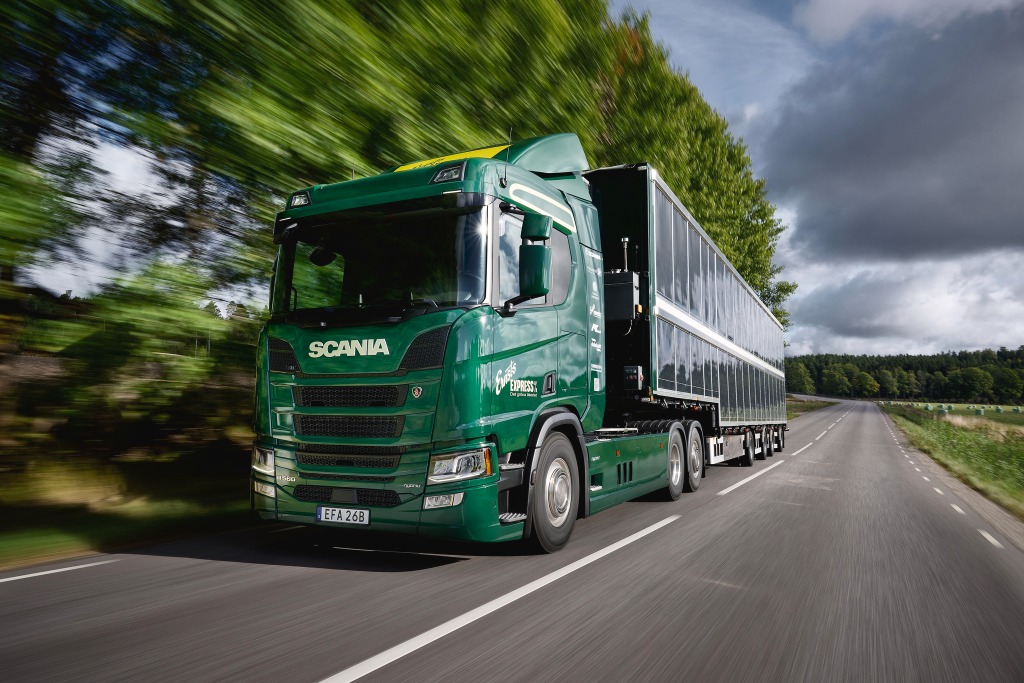Faced with new legislation on how to clean the atmosphere of cities, particularly by eliminating CO2 pollution generated by large vehicles, transport manufacturers have undertaken the task of bringing cars powered by environmentally friendly fuels to the market.
In Spain and Europe, this is an imperative, as declaring entire cities free of atmospheric pollutants is a challenge for all. The laws are pressing, and citizens, who also demand a suitable environment, will likewise have to transform their way of getting around, whether by adapting their vehicle or acquiring one that will come at a cost to their pocket.
Today we present one of the technologies making its way in the world of transport: hybrid trucks.
One of the most notable characteristics of hybrid trucks is their dual propulsion system, which combines a traditional internal combustion engine (usually diesel) with one or more electric motors and a battery. This architecture allows them to operate in an exclusively electric mode for short distances, such as in urban environments or during loading and unloading, reducing noise and local emissions to zero. At the same time, the thermal engine remains available for long highway journeys, offering the range and power necessary for goods transport. This versatility is crucial, as it does not limit them to a single function.
Hybrids are efficient mainly due to energy recovery technology, known as regenerative braking. During deceleration and braking, the system reverses the operation of the electric motor, which acts as a generator, transforming the kinetic energy that would normally be lost as heat in the brakes into electrical energy. This electricity is stored in the battery for later use, drastically optimizing fuel consumption. Furthermore, the electric motor can assist the thermal one during periods of high power demand, preventing it from operating in high-consumption modes, resulting in significant fuel savings and a reduction in CO2 emissions.
In the Spanish context of 2025, carriers prefer them over fully electric trucks mainly for one reason: range anxiety and infrastructure. Although the electric charging network is expanding, it is still insufficient and impractical for large-tonnage trucks, which require high-power, ultra-fast chargers with immediate availability. A hybrid truck does not need to be plugged in to operate (although plug-in models are more efficient), completely eliminating the worry of finding an operational charging station and losing valuable travel and productivity hours.
Another crucial factor is operational flexibility. Spain has diverse geography with long distances between logistics centers. A hybrid truck can leave a warehouse in electric mode to drive through the city, travel 600 km on the highway using the diesel engine efficiently, and re-enter another low-emission zone quietly and without polluting. A pure electric truck, with a real range still limited for heavy transport and long charging times, cannot offer this adaptability without compromising delivery deadlines, making it unviable for many transport companies, as noted by consulted specialists.
Economic profitability and gradual transition also play a key role in this transformation. For many fleets, the direct step from diesel to electric involves a very high initial investment and too abrupt a change in their operations. The hybrid truck represents a more affordable and less risky intermediate step, allowing companies to reduce their carbon footprint and save on fuel from day one without radically altering their routes or driver training. It is a bridge technology that prepares them for total electrification in the future, but without the immediate headaches.
The regulatory framework and Low Emission Zones (ZBE) greatly influence this preference. With the implementation of these zones in many Spanish cities, trucks need guaranteed access. Hybrids, being able to drive in electric mode, easily comply with these regulations, avoiding restrictions and fines. They therefore offer the best of both worlds: the freedom of diesel on the open road and privileged access to urban centers, positioning themselves as the smartest and most pragmatic option for Spanish transport in the current era of ecological transition.
Have any thoughts?
Share your reaction or leave a quick response — we’d love to hear what you think!





